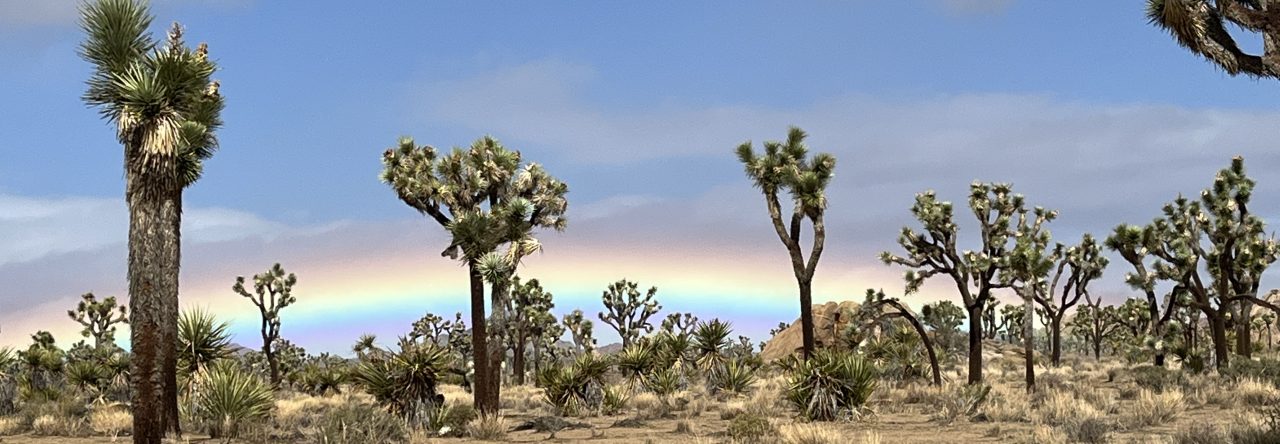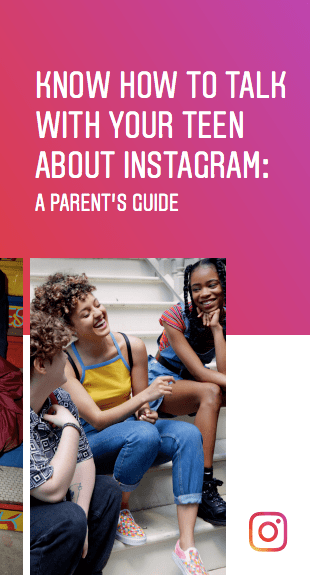
This past Saturday at our third annual Parent University, I was fortunate to lead a short session on how parents can help support their kids in the development of healthy social media habits. During the session, I shared some of the ways I have monitored my 12-year old daughter’s use of her newly acquired iPhone and her subsequent use of various apps and social media tools.
In regards to the monitoring of apps on my daughter’s phone, I love the way Family sharing on iTunes allows parents to approve the addition of apps to their child’s phone. This allows me to have a conversation with my daughter before allowing her to add new apps and ask the following:
- Why do you want that app?
- What will you use it for?
- Will that app make your life easier in some way?
- How much time do you think you will spend on that app each day?
One example of an app that we decided did not need to be added was Lipsi. When I got the request to add Lipsi, I immediately asked my daughter why she needed it. She informed me that it was an app that many of her friends had that allowed them to comment on Instagram posts. I have to admit I was confused here because my daughter has a private Instagram account and she is only allowed to follow friends from school and pre-approved celebrities. Therefore, I am not sure why another app would be needed to comment.
Common Sense Media is a great resource for parents
In order to shed some light on this, I turned to Common Sense Media which is a goldmine of information on apps, websites, movies and books. All you have to do is enter the title of the media source that you want more information on in the search bar and Common Sense Media will provide a review and rating. In the case of Lipsi, here is what I found:
“Buggy, anonymous app invites misuse, bullying.”
In addition, Lipsi is recommended for ages 18-plus. Also, why would someone need an app that posts anonymous messages on Instagram? I told my daughter that if she had something to say about a friend’s post on Instagram that it should be public and the same should go for her friends commenting on her posts. There are enough stories about teens bullying one another on Instagram out there without this type of app.
Keeping a handle on screen-time is something we all need to do
Finally, we spent some time talking about the need for all of us to be mindful of the time we spend on screens. While this is a neverending topic for me, one thing that opened my eyes was the Infomagical Bootcamp put out by the Note to Self podcast back in 2016. One of the things I have done since my Infomagical experience is turn off all of my notifications on my phone and organized all of my apps. I encourage anyone interested in improving the balance in their lives in regards to technology-use to give the Infomagical Bootcamp a shot.
At the very least, you should check out your app usage on your iPhone or iPad and look at how much time you spend on particular apps daily and weekly. There are also ways to do this for android users. The latest iOS updates for Apple also include options for parents to set app and screen-time limits for their children.
It’s a new world for parents who grew up without the rapidly-increasing list interconnected tools and resources that are available. It is important that we have an ongoing dialogue within our communities in order to ensure a healthy balance for ourselves and our kids.
Here’s a Google Doc with everything I discussed in my Parent University 2018 session.









